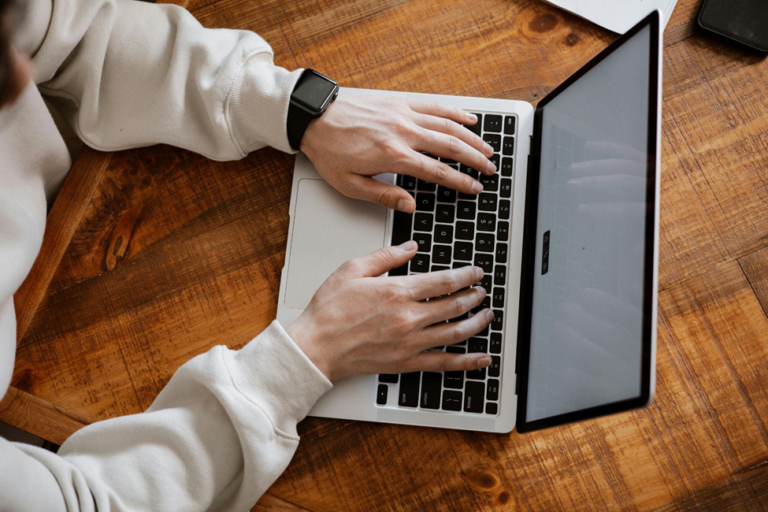Visual content draws attention, but behind every amazing photo lies a mixture of subtle information and careful edits that go unnoticed. Minimalist and simple beauty can evoke emotions, increase the legibility, and turn a functional message into something people will go out of their way to admire. What sets it apart starts with the way graphics are arranged, shaped, and bespoke-fied in accordance with whatever a creator envisions.
Take a plain product or portrait photo. By itself, it might be excellent. But surrounded by background clutter, it may get lost among digital clutter. That’s where clean-up becomes a good design choice. Using a free photo background remover, artists can quickly eliminate clutter that detracts from their central subject. It’s a little adjustment that has a huge impact—suddenly focus returns, colors pop, and the picture appears more refined.
This type of background editing is not just about looking pretty. It gives you power. With that power, your content becomes editable—you’re able to use one image and repurpose it across social media platforms, campaigns, and design. Need a seasonal update? Swap out the winter background. Need to match a specific brand color scheme? Slap on a custom texture or gradient. By cutting out the noise early on, you build the foundation for customization.

But other times, you’re not working with a pre-shot image—you’re creating something entirely new. And that’s where creativity gets even more exciting. The limits of photography no longer apply. With an AI photo generator, you can generate images that mirror specific prompts, styles, or atmospheres. Need a high-tech cityscape? A surreal wood? An ultra-high-res product mockup? AI releases imagery that would be time-consuming—and in certain instances, impossible—to achieve in the real world.
Together, these two tools create a flexible design workflow. Clean up what you’ve already got. Then build on top of it with generated ideas. The result is imagery that feels unique, crafted, and entirely your own. And since these processes are fast and accessible, they fit into modern content cycles where time and originality matter more than ever.
Brands especially benefit from this dynamic. Consistency is important, but so is differentiation. Consider launching a new product line. You don’t need to do a dozen photoshoots in different locations. Instead, remove the original backgrounds, build scenes that tell your brand’s story, and place your subject in a narrative context that speaks to your audience.
Content creators, instructors, bloggers, and ordinary users can all use it. Spicing up blog titles your game? Make themed images instead of relying on the same old outdated stock images. Working on a class project or community board? Clean up your subject image, then place an overlaid generated background on it to create an unforgettable layout.
Even the most mundane activities such as creating a gift or crafting a card can be elevated through this technique. A personalized pet photo with a spiffy background and fantasy-created scene turns a typical photo into a frame-worthy keepsake. Cleanup and creation isn’t feasible—it’s fun.
The beauty of visual editing nowadays is that you don’t require sophisticated design skills. You don’t require Photoshop. You don’t require tutorials. You just need an idea. These tools are content to meet you halfway, doing the technical so that you can focus on the expressive. And that’s the shift—that from technical constraint to creative potential—which makes this era of visual content so exciting.
When your graphics are tidy and original, you don’t just convey a message—you make an impact. By sweeping aside the clutter and filling it with inspired layout, you tell stories that linger in people’s minds. For professional use, personal passion, or experimentation for its own benefit, this is your invitation to make something gorgeous with the tools that make it possible.


